News updates
Shining 'China Star'

When we look up at the night sky, 600 million kilometers away from Earth, there is also a "China", which is an asteroid with a diameter of 26 kilometers. 94 years ago, young astronomer Zhang Yuzhe discovered it at the Yekatz Observatory in the United States, which was the first asteroid discovered by Chinese people.
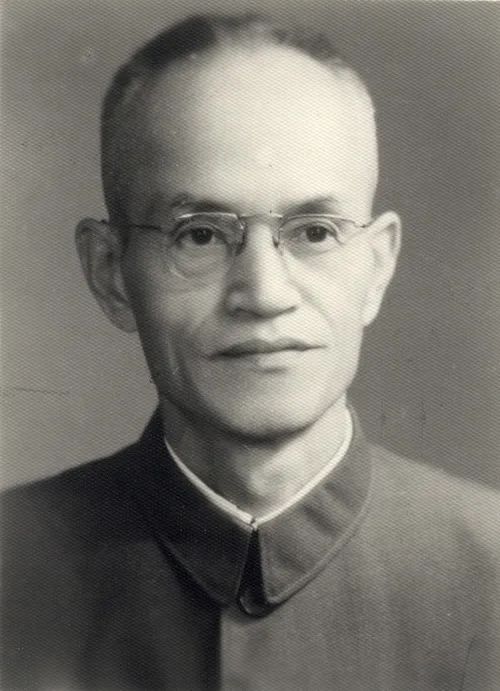
Zhang Yuzhe, 1902-1986, male, Han nationality, born in Minhou, Fujian, was one of the founders of modern astronomy in China.
Since Academician Zhang Yuzhe discovered "China", more and more Chinese stars have shone in the vast universe for nearly a hundred years. Today, I will learn about the stories behind those Chinese stars with the editor~~
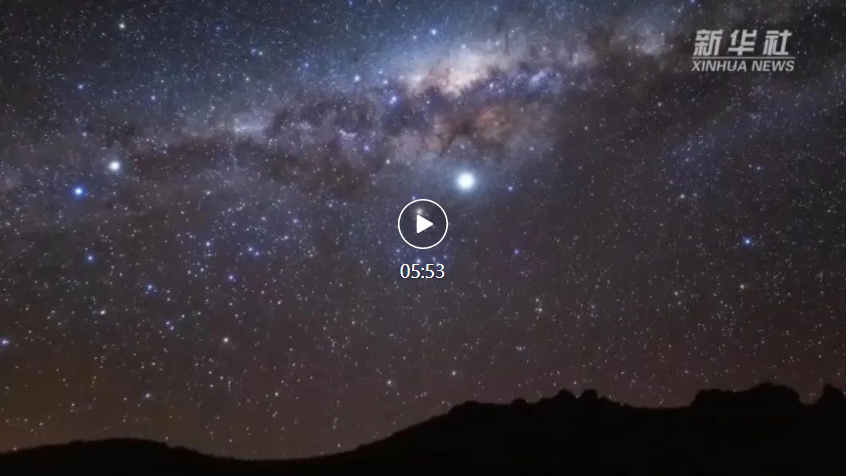
You can click on the link below to view the video:
https://mpvideo.qpic.cn/0bc32eaayaaabaam3tkt6brfbuodbtiqadaa.f10002.mp4?dis_k=26f2a04a1d081b8eca92cc9041bd32f0&dis_t=1649833801&vid=wxv_2349884161542701057&format_id=10002&support_redirect=0&mmversion=false
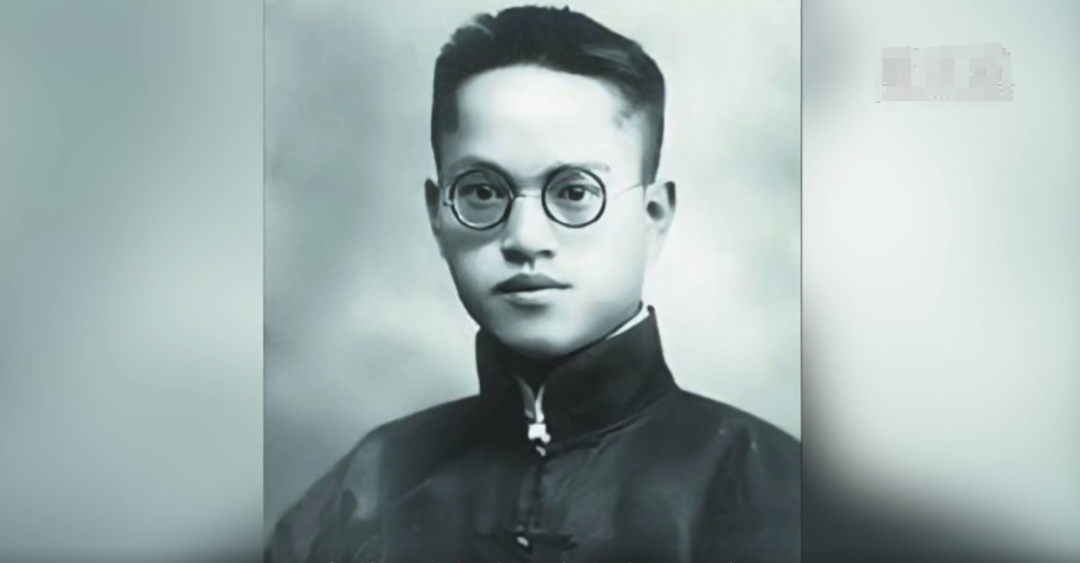
On October 25, 1928, young scholar Zhang Yuzhe, who was studying in the United States, discovered an asteroid. The International Asteroid Center temporarily named it 1928UF and officially numbered it 1125. Zhang Yuzhe named it "Zhonghua Star".
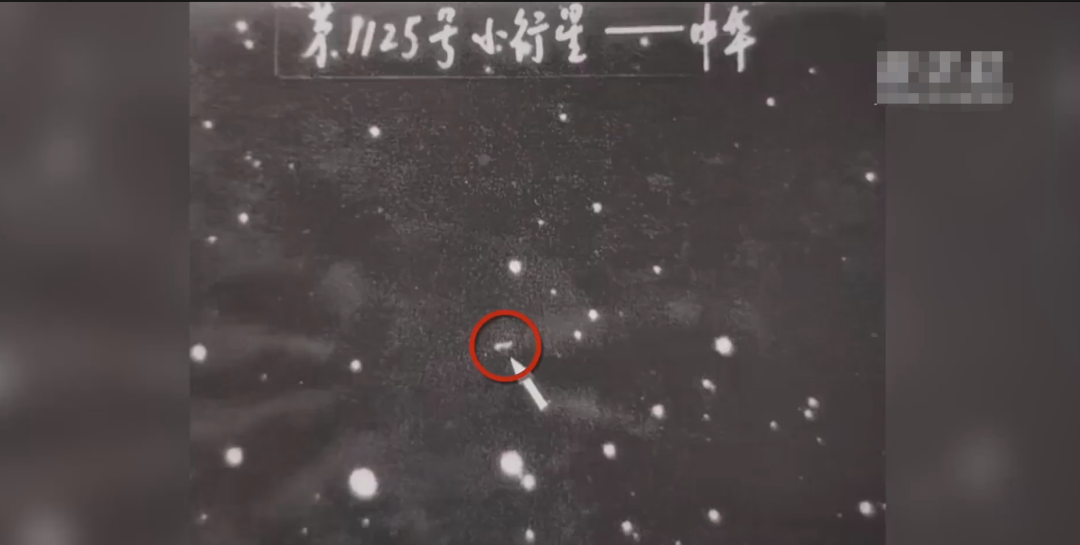
“Zhonghua Star”
After naming this star, Zhang Yuzhe returned home. At that time, there was no telescope in China, and without this astronomical observation condition, it was impossible to continue observing this 1125 Chinese star. It was not until the establishment of New China in 1949 that Zhang Yuzhe continued to serve as the director of the Zijinshan Observatory. His first wish was to retrieve the 1125 star.
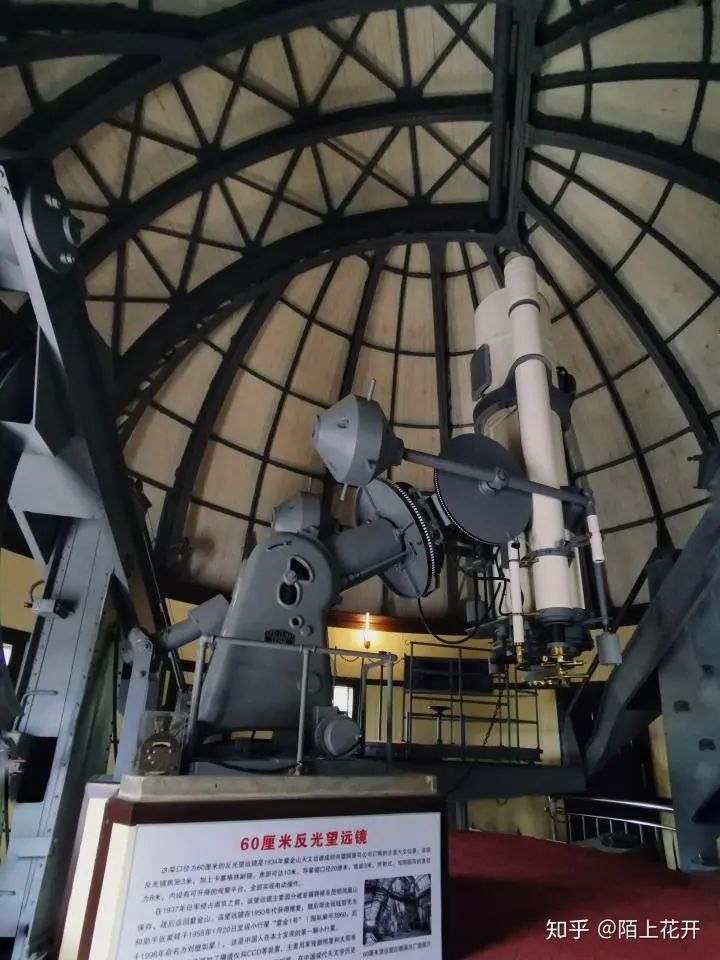
After the war, the 60cm reflecting telescope purchased during the construction of the Purple Mountain Observatory was severely damaged, and Zhang Yuzhe repaired it himself. Since then, Zhang Yuzhe and his students have spent sleepless nights. On October 30, 1957, they discovered an asteroid with an orbit very similar to that of China Star 1125, but it was not China Star 1125. This became the biggest regret in Zhang Yuzhe's heart.
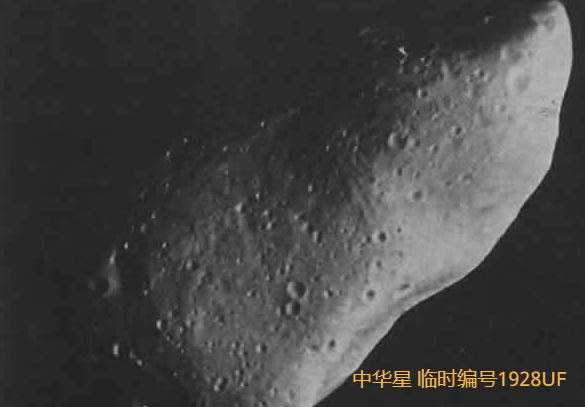
After 20 years, in 1977, the precise orbit of this asteroid was calculated and confirmed by observations from other observatories. So the international community made an exception and decided to give the new asteroid discovered by Zhang Yuzhe in Zijin Mountain the name 1125 Zhonghua Star instead of 1928 UF, and named it "Zhonghua Star".
According to international regulations, stars in the sky can only be represented by constellations and their numbers, and only small planets in the solar system can be named by discoverers. Most of the asteroids discovered in the early years were named after gods in Western mythology. Later, as the number of asteroid discoveries increased, the names of many countries, cities, and celebrities became the names of asteroids.
In order to unify regulations, the International Astronomical Union has formed an Asteroid Naming Committee composed of internationally renowned scientists, responsible for accepting and reviewing the naming of new asteroids worldwide.
After the naming declaration proposed by the asteroid discoverer has been reviewed and approved by the International Asteroid Naming Committee, the International Asteroid Center will officially publish it in the International Asteroid Bulletin and notify observatories around the world that this star name will become the permanent star name of the asteroid and be included in the annual publication of the International Asteroid Ephemeris.
Compared to Western countries, China's asteroid exploration started relatively late, but with the efforts of astronomers, the number of "Chinese stars" shining in the sky is increasing and their coverage is also becoming wider.
There are "local famous stars": currently, the vast majority of provinces and cities in China have corresponding asteroids named after administrative regions, such as Beijing Star, Shanghai Star, Shandong Star, and Jiangsu Star;
There are "mythological stars", such as Nvwa, Chang'e, and Candlelong;
There are "event stars", such as Shenzhou Star, Olympic Volunteer Star, and Beijing Olympic Games Star;
There are "ancient celebrity stars", such as Zhang Hengxing, Zuchongzhi Star, Confucius Star, Laozi Star, Sima Qian Star, Li Bai Star, Du Fu Star, Su Dongpo Star, and Guo Shoujing Star;
There are "Modern Scientist Stars": Yuan Longping Star, Qian Xuesen Star, Tu Youyou Star, Chen Jingrun Star, etc.
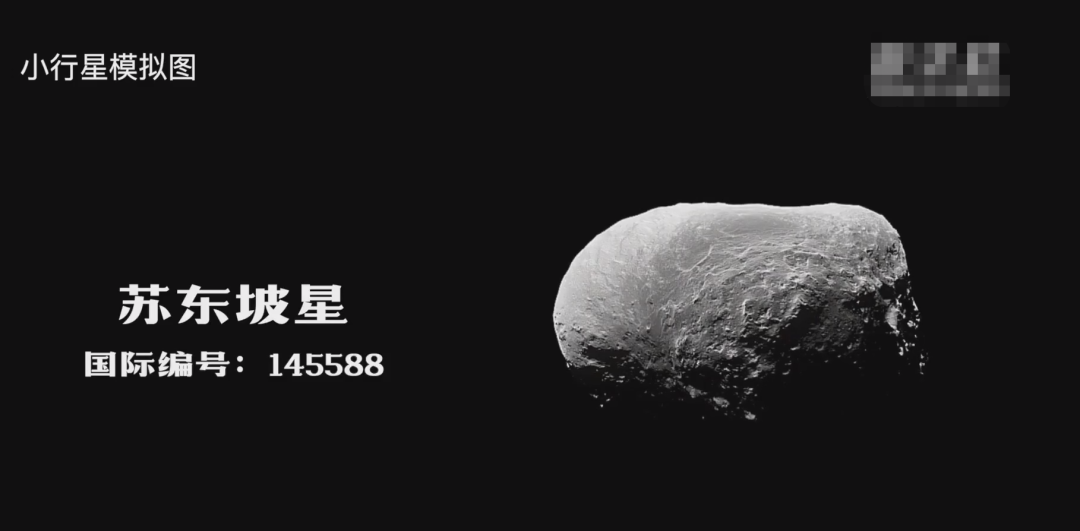

The longing of humanity for the vast universe guides children to constantly discover and explore.
In the summer of 2016, three students with curiosity about the starry sky embarked on an exploratory journey accompanied by Professor Ge Yongliang from the Purple Mountain Observatory, Dr. Yang Chenwei from the Chinese University of Science and Technology, and teachers from the Li Wen Science Popularization and Innovation Studio. They also filmed the science micro film "Lighthouse in the Starry Sky".

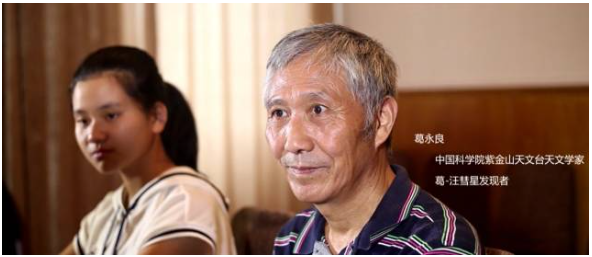
Professor Ge Yongliang
Astronomer, Zijinshan Observatory, Chinese Academy of SciencesDiscoverer of Comet Ge Wang
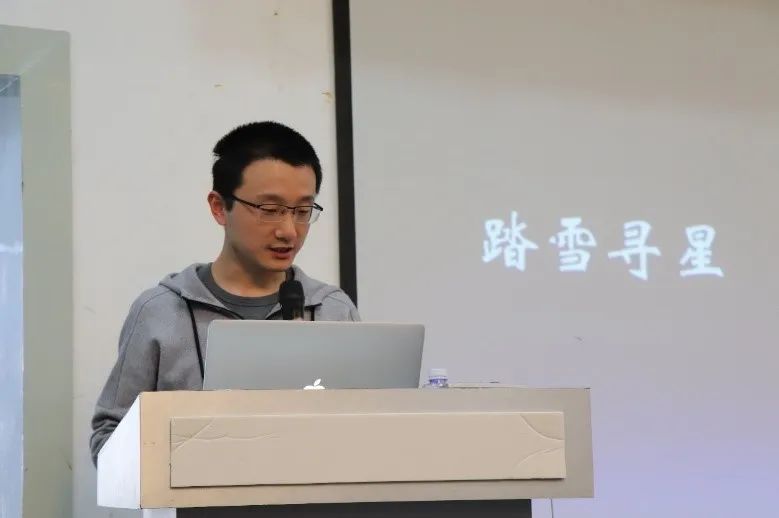
↑Dr. Yang Chenwei
University of Science and Technology of China
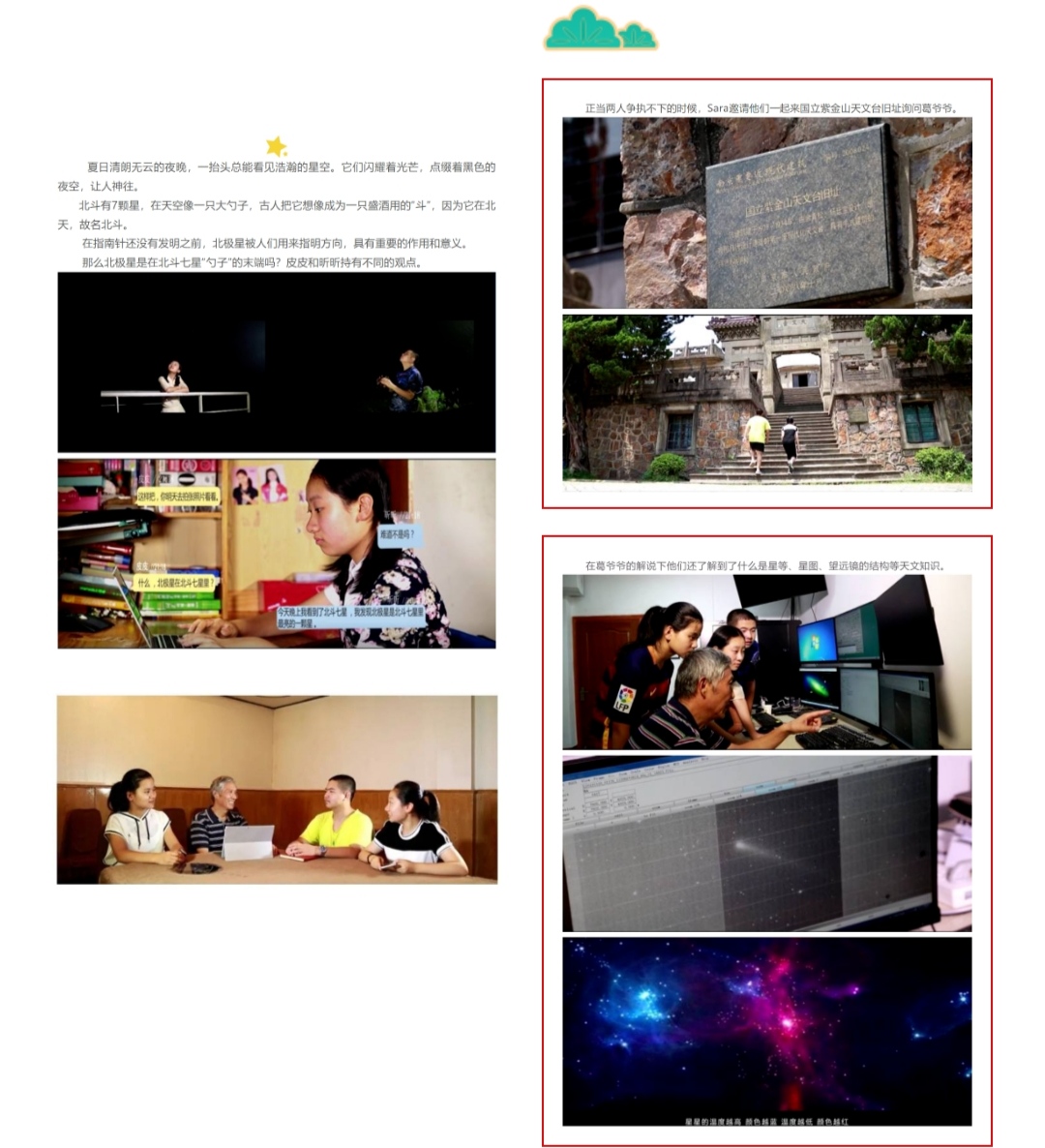
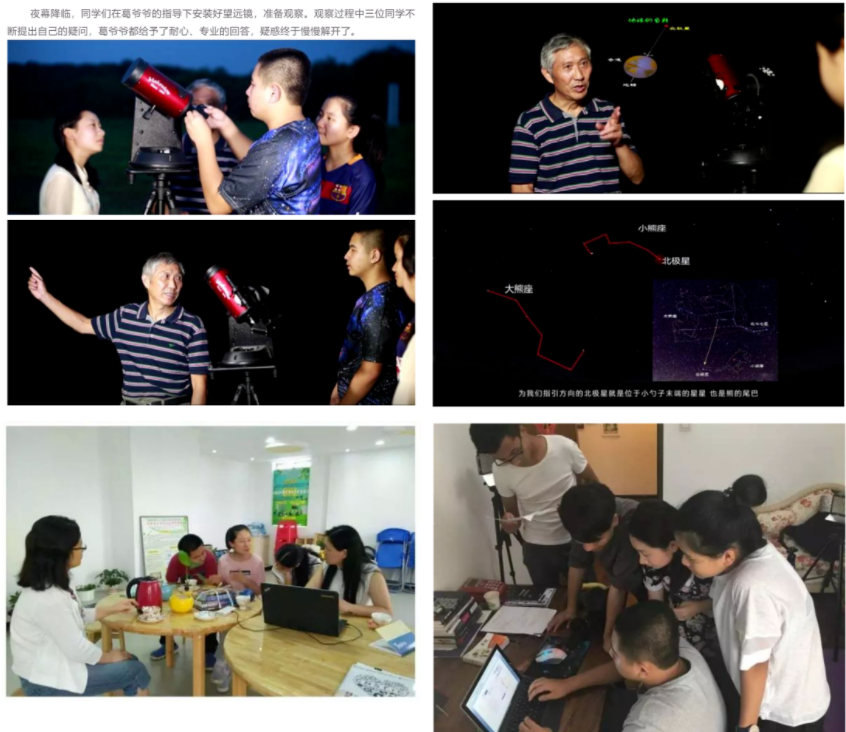
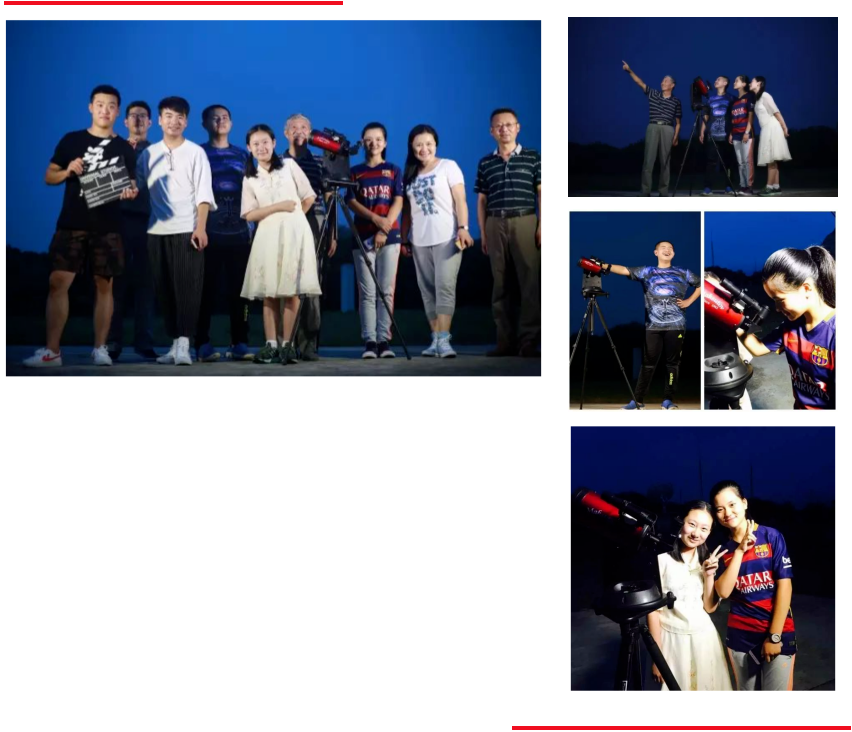
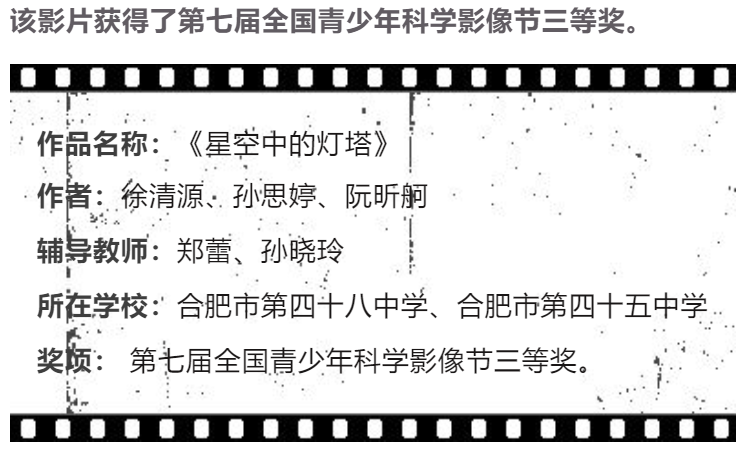
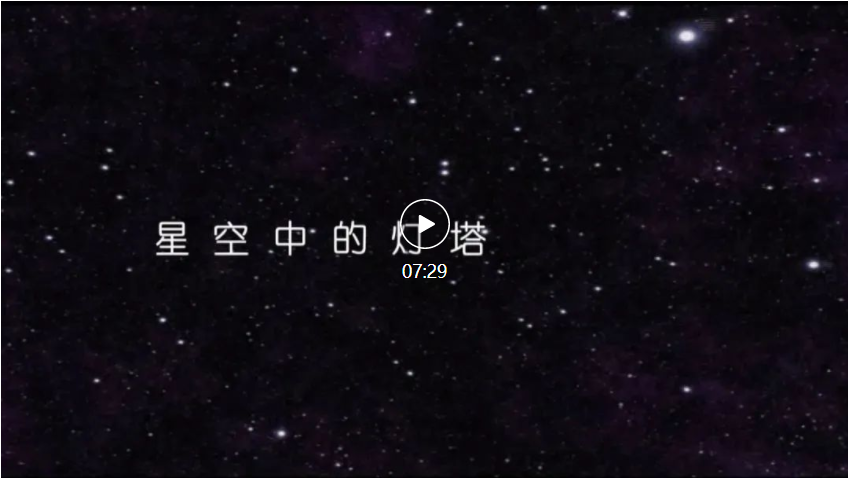
You can click on the link below to view the video:
https://mpvideo.qpic.cn/0bc3eaaa2aaa3yamwx2t7zrfaigdbuqaadia.f10002.mp4?dis_k=4e13f7852ba7df294e36ffaf04bd566d&dis_t=1649839416&vid=wxv_2349906260525170688&format_id=10002&support_redirect=0&mmversion=false
Lighthouse in the Starry Sky - Exhibition of Science Microfilm Series
Since the beginning, humans have looked up at the sky, observing the sun during the day, the moon at night, and the stars, marveling at the infinite and profound nature. They hope that more people will start looking up at the starry sky to discover and explore the vast unknown universe~~
The writing of this article has been reviewed by Professor Ge Yongliang, an astronomer at the Purple Mountain Observatory. Sincerely thank Professor Ge for his guidance on our frontline teachers of youth science enlightenment.
Li Wen Science Popularization and Innovation Studio
Li Wen Science Popularization and Innovation Studio has been active in the forefront of youth science education for the past decade, offering science popularization and innovation courses and lectures on "learning by doing, thinking in learning, and creating in thinking", teaching tens of thousands of children and sharing science education and innovation competitions in public schools.
Childhood is the period in one's life when curiosity and interest in scientific exploration are strongest. Our course adopts a teaching model of "principle explanation+hands-on practice", which is highly interesting and allows children to explore the scientific principles behind phenomena during observation and hands-on processes.










